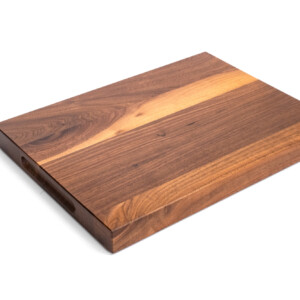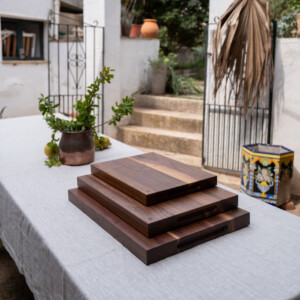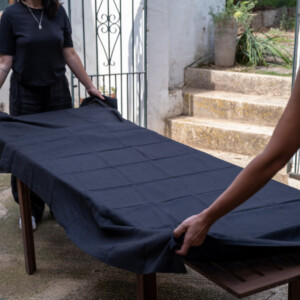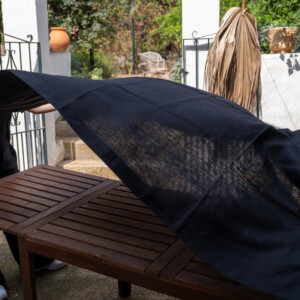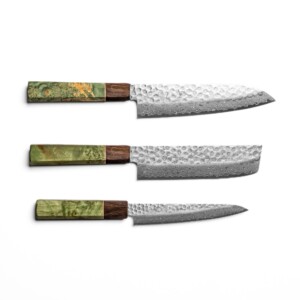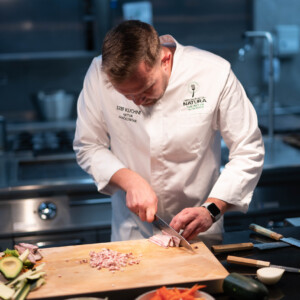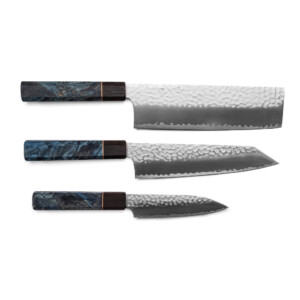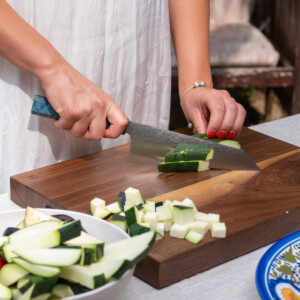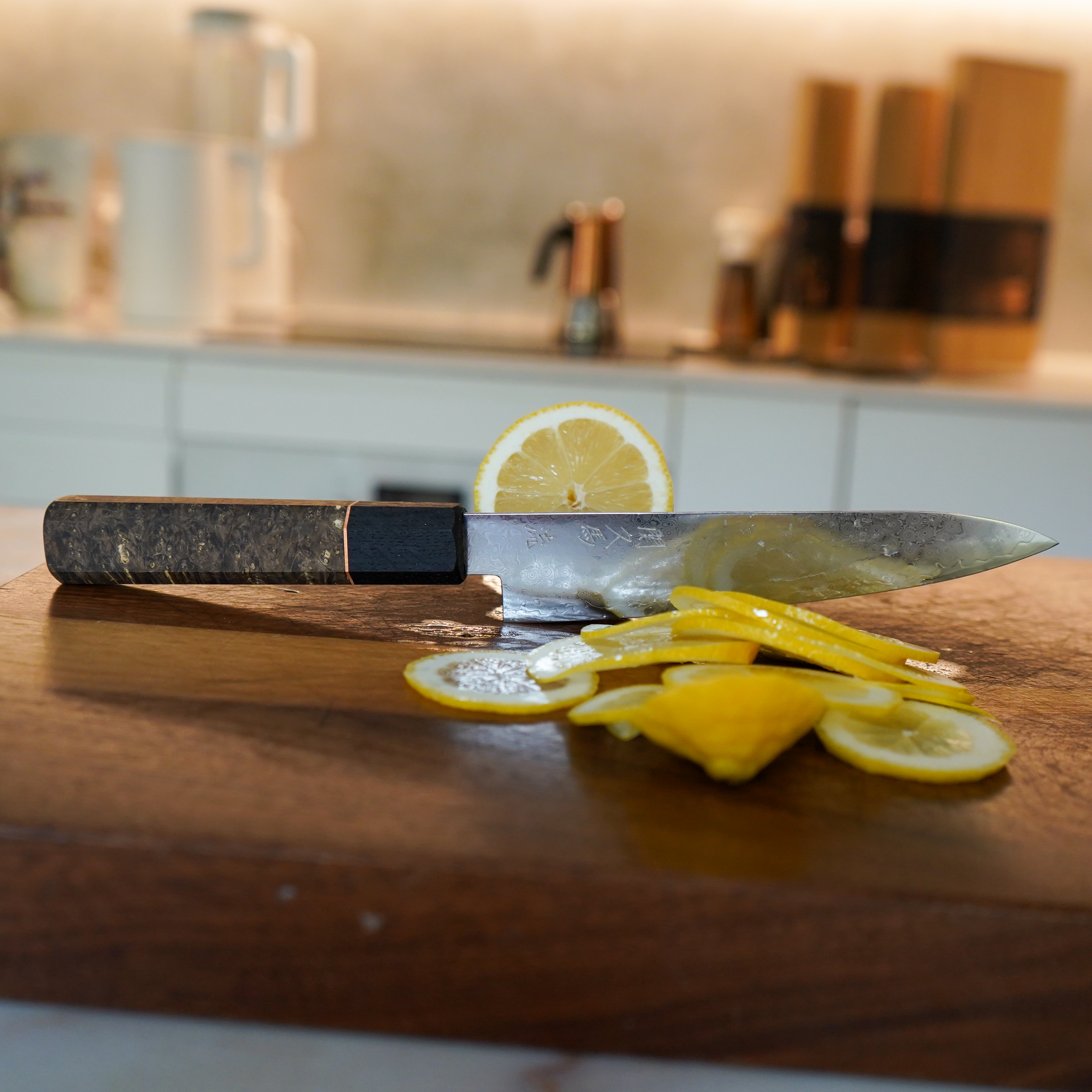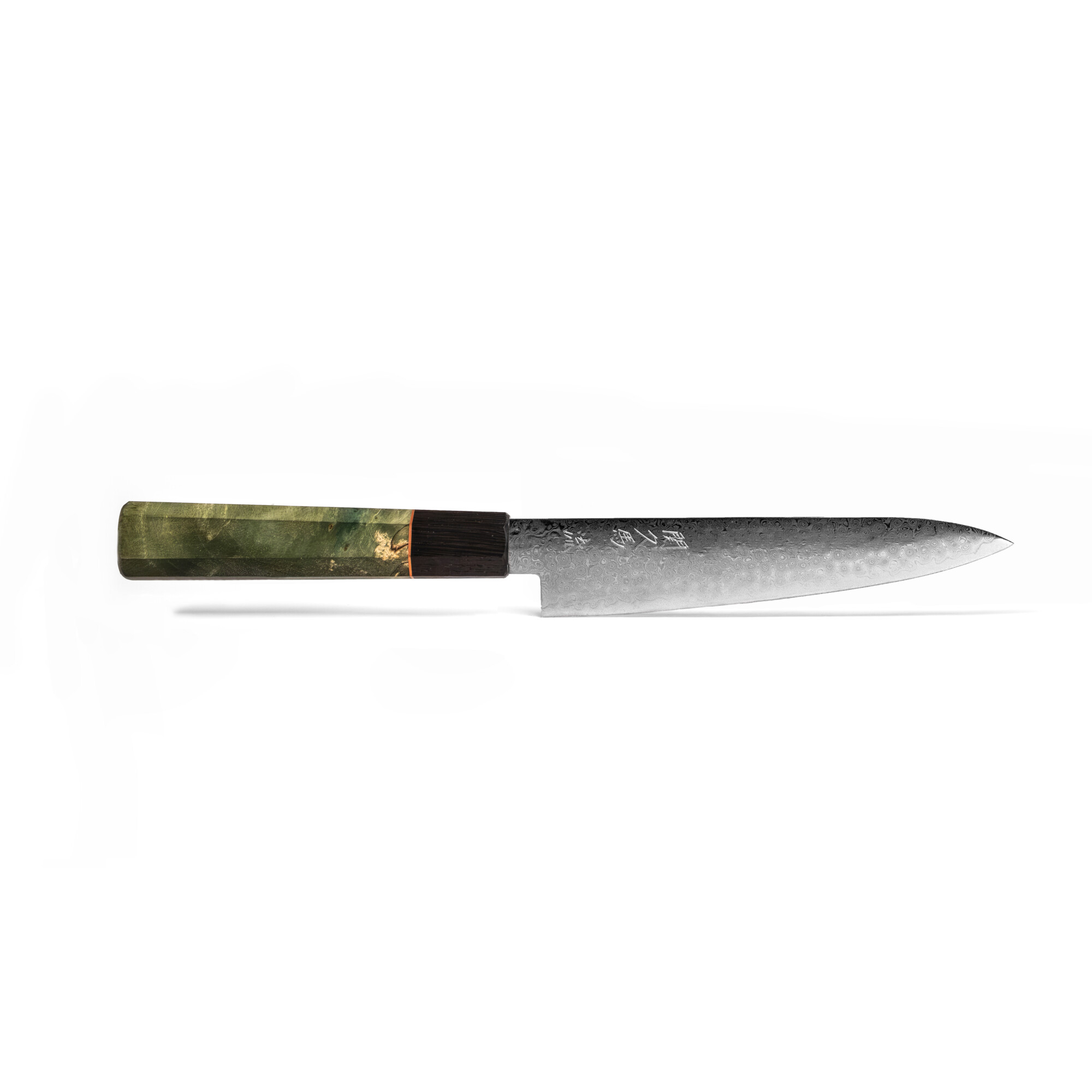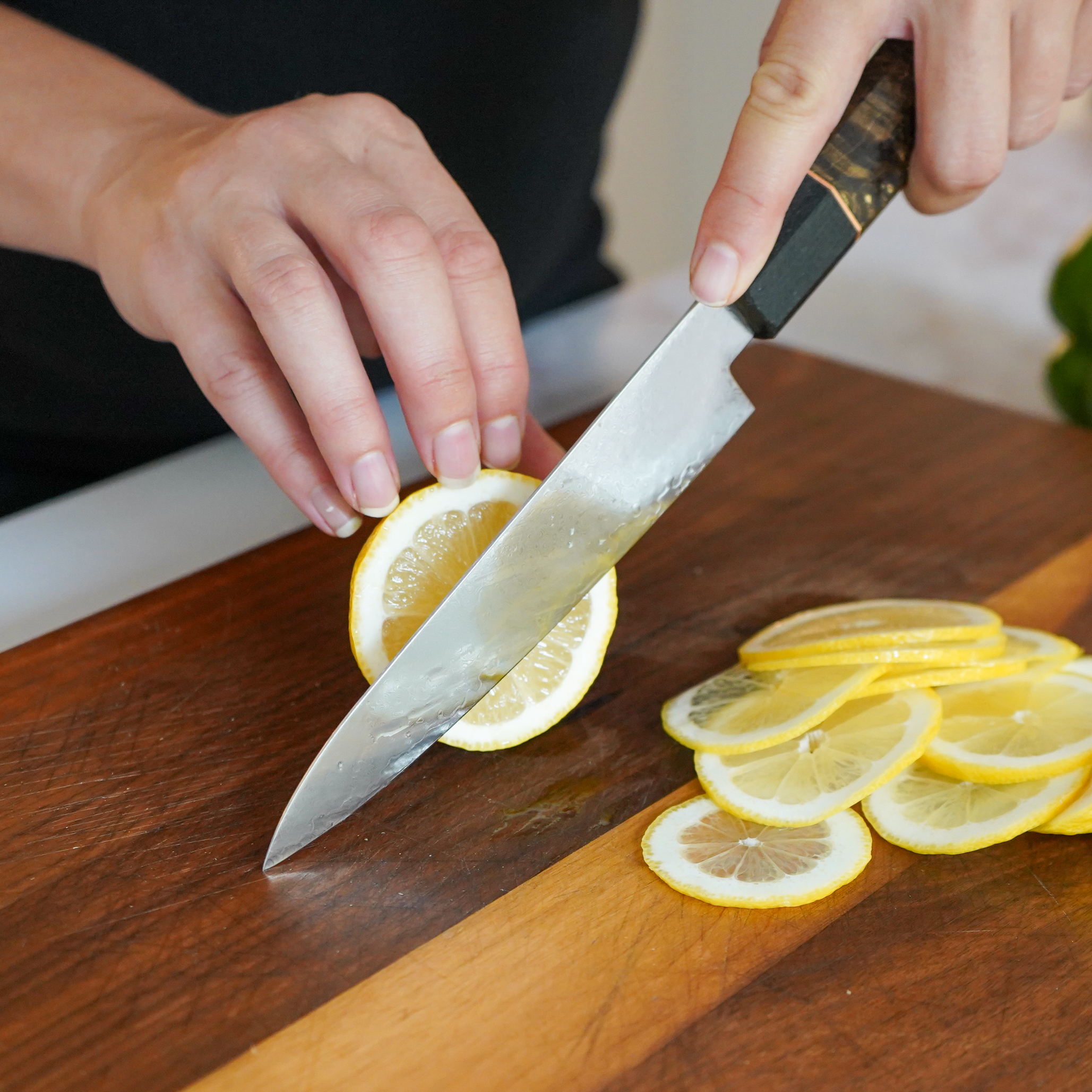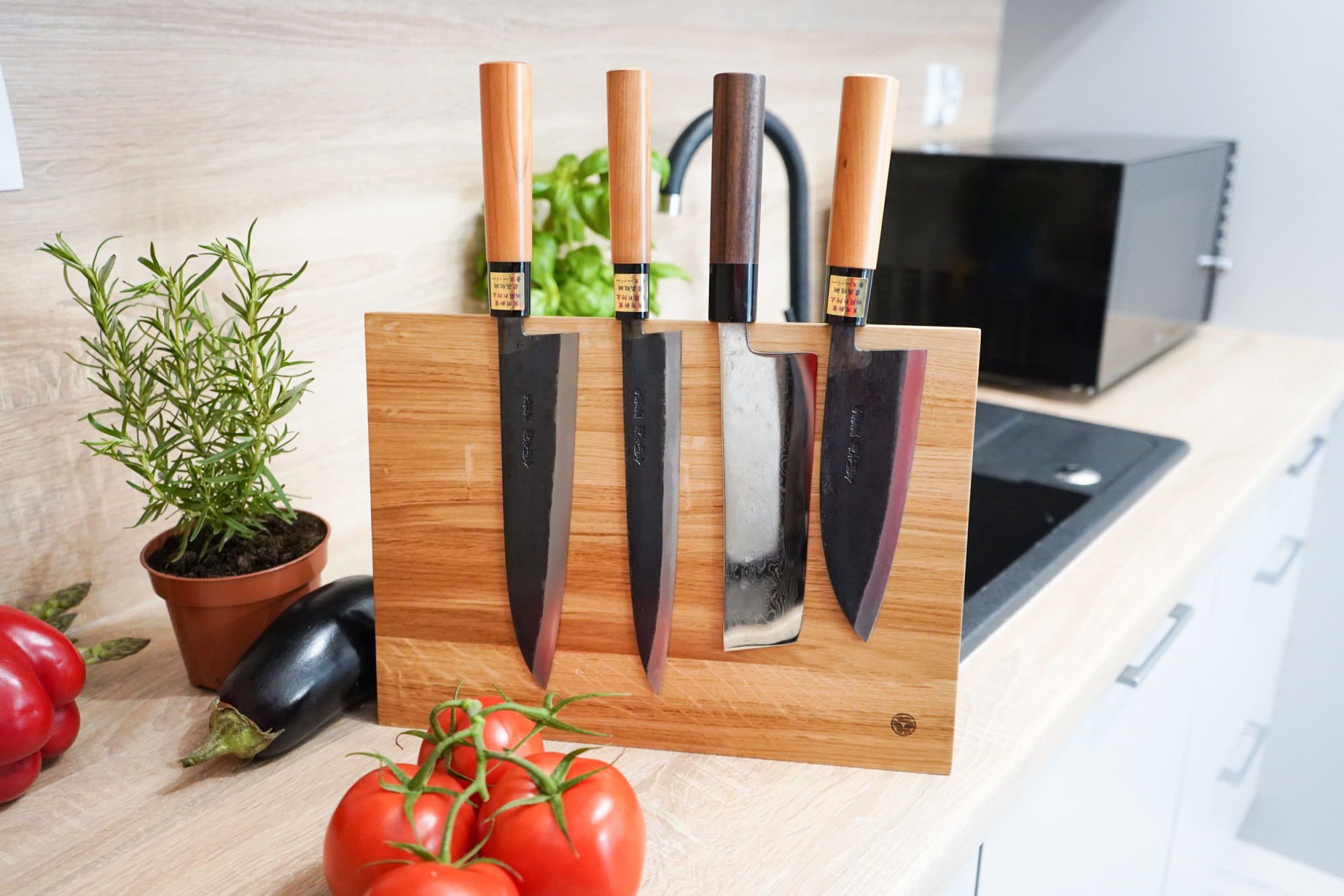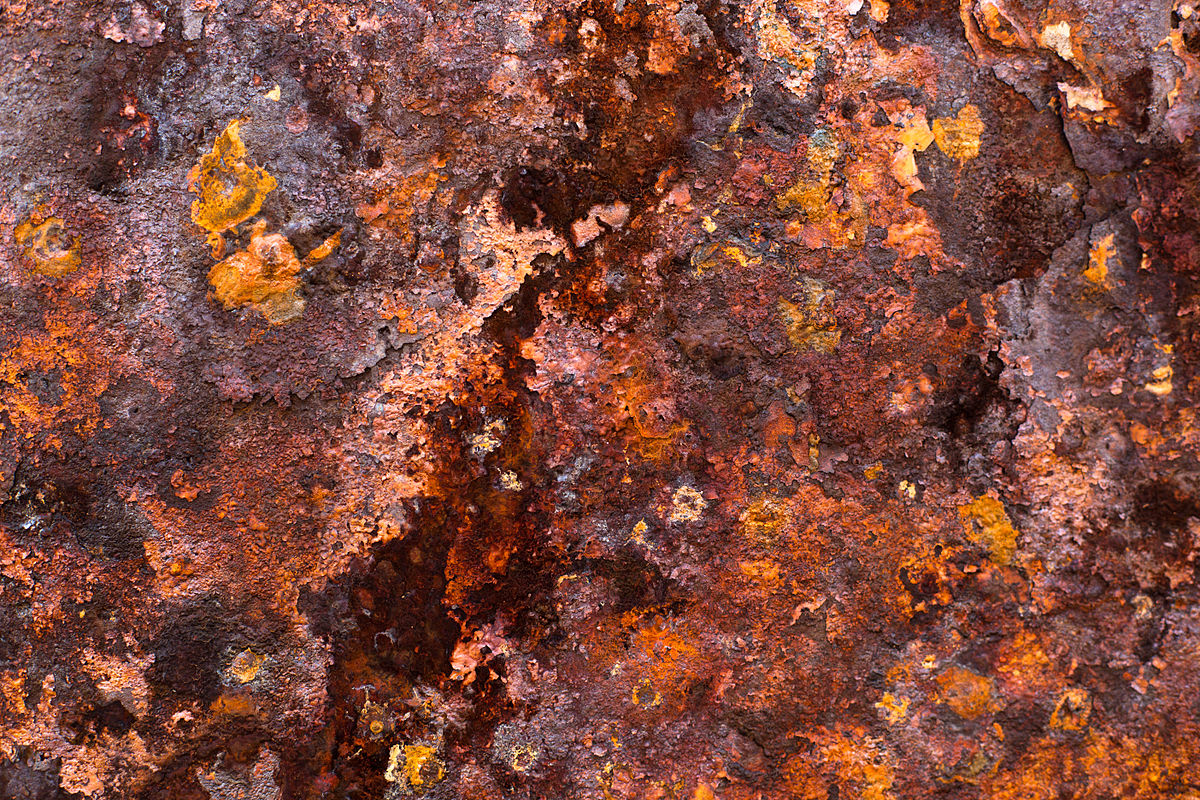In the world of Japanese kitchen knives, sharpening is an art form deeply rooted in tradition and precision. These finely crafted blades, forged with meticulous care and expertise, demand an equally thoughtful approach to maintaining their razor-sharp edges. From the ancient techniques of the samurai swordsmiths to the modern tools of today, the art of Japanese knife sharpening is a journey through centuries of refinement, where skill and patience are rewarded with unparalleled cutting performance.
In this comprehensive guide, we’ll delve into the rich history and cultural significance of Japanese knife sharpening, explore traditional techniques that have withstood the test of time, and shed light on the latest modern tools designed to make the process more accessible to home cooks and professional chefs alike. Whether you’re a seasoned culinary enthusiast or a newcomer to the world of Japanese knives, this guide will equip you with the knowledge and skills to keep your blades in peak condition, ensuring they perform at their highest potential with every slice, chop, and dice.
The cultural significance of blade sharpening in Japan
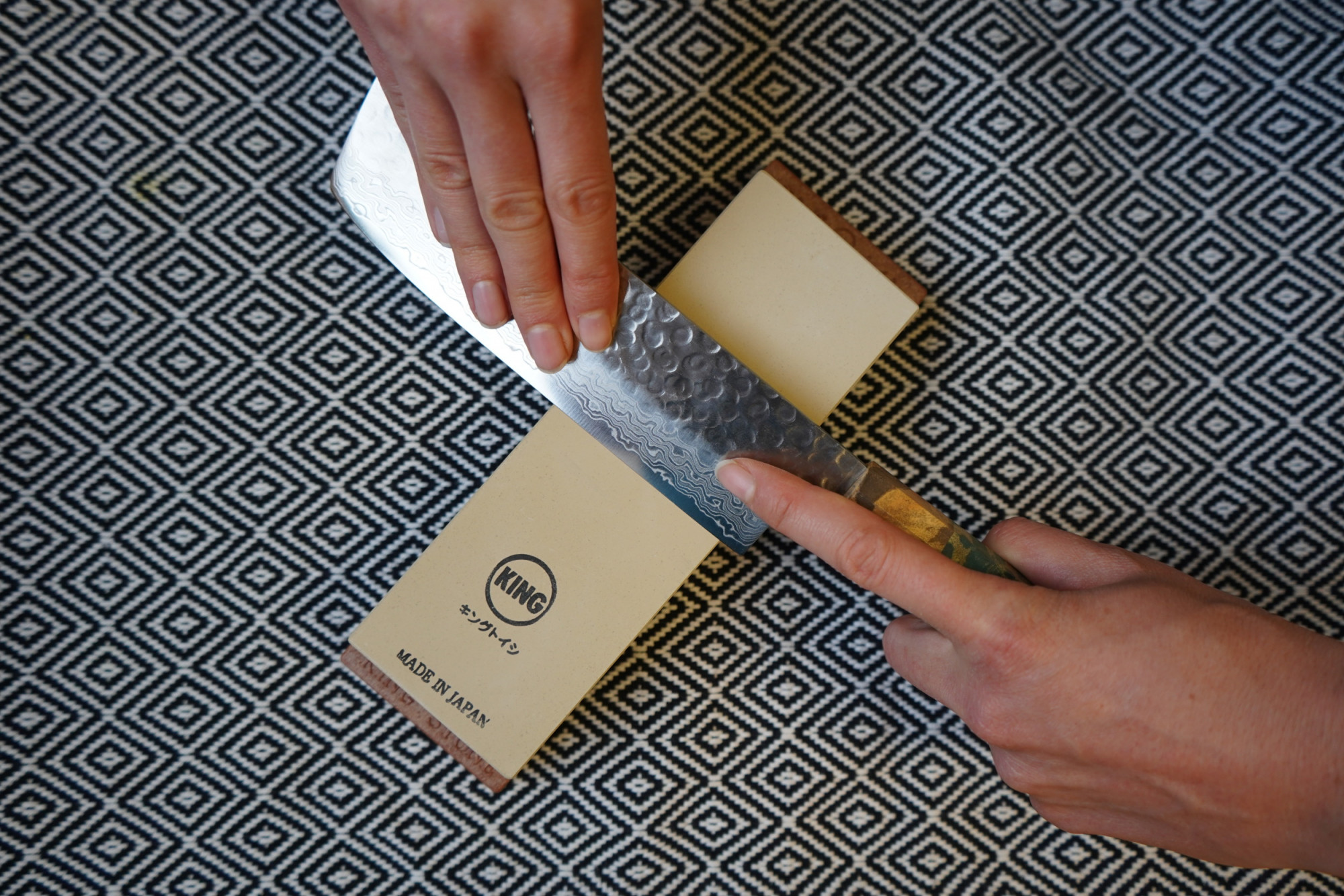
To truly appreciate the art of Japanese knife sharpening, one must understand its deep-rooted cultural significance. In ancient Japan, the skill of forging and maintaining blades was revered as a sacred art form, inextricably linked to the way of the samurai warrior. Swordsmiths, known as “tōkō,” dedicated their lives to crafting blades of unparalleled quality, imbuing each sword with the spirit and honor of the samurai code.
As the demand for kitchen knives grew, these time-honoured traditions were adapted to the culinary realm. Bladesmiths applied their expertise to create cutting tools that not only excelled in performance but also embodied the essence of Japanese craftsmanship. Sharpening became an integral part of this tradition, ensuring that each knife maintained its edge and upheld the legacy of excellence.
Today, the art of Japanese knife sharpening continues to be a revered practice, passed down through generations of artisans and enthusiasts. It serves as a bridge between the ancient and the modern, preserving the cultural heritage while adapting to the evolving needs of contemporary kitchens.
Traditional sharpening techniques: the whetstone method

At the heart of traditional Japanese knife sharpening lies the whetstone method, a time-honoured technique that has been perfected over centuries. This process involves the use of whetstones, also known as sharpening stones or waterstones, which are finely grained abrasive surfaces used to hone and refine the edge of a blade.
1. Selecting the right whetstone
Whetstones come in a variety of grits, ranging from coarse to ultra-fine. The selection of the appropriate grit depends on the condition of the blade and the desired level of sharpness. Coarse grits (typically 400-1000 grit) are used for establishing or repairing a dull or damaged edge, while finer grits (4000-8000 grit) are employed for polishing and honing the final edge.
2. Soaking and lubrication
Before beginning the sharpening process, whetstones must be properly soaked in water to release their abrasive properties and prevent the steel from overheating during sharpening. Some whetstones may require lubricants like water, oil, or specialised sharpening compounds to enhance their effectiveness.
3. Angle and technique
Maintaining the correct angle is crucial in Japanese knife sharpening. The angle at which the blade meets the whetstone determines the final edge geometry, affecting both sharpness and durability. Traditional methods often employ a combination of specific angles and techniques, such as the “back and forth” motion or the “sweeping” motion, to achieve a razor-sharp edge.
4. Muscle memory and patience
Mastering the art of Japanese knife sharpening requires patience, practice, and the development of muscle memory. Experienced sharpeners often rely on their tactile senses, feeling the subtle changes in the blade’s edge as they work, adjusting their technique accordingly. This level of skill can take years to develop, but the rewards are unparalleled: a perfectly honed edge that glides through ingredients with precision and ease.
Modern sharpening tools and techniques
While traditional whetstone sharpening remains a cherished art form, modern tools and techniques have emerged to cater to the needs of home cooks and professionals alike. These advancements aim to streamline the sharpening process while maintaining the principles of Japanese knife craftsmanship.
1. Electric sharpeners
Electric sharpeners offer a convenient and user-friendly alternative to manual sharpening. These devices typically feature abrasive belts or wheels that rotate at high speeds, quickly restoring the edge of a blade. While electric sharpeners may not provide the same level of control and precision as traditional methods, they are an excellent option for those seeking a quick and efficient sharpening solution.
2. Guided sharpening systems
Guided sharpening systems, such as the popular EdgePro or Wicked Edge systems, combine the principles of manual sharpening with user-friendly guides and jigs. These systems ensure consistent sharpening angles and provide a more controlled environment, making them an ideal choice for those new to sharpening or seeking a higher level of accuracy.
3. Sharpening rods and steels
Sharpening rods, also known as sharpening steels, are handheld tools used for quick touch-ups and edge maintenance between full sharpenings. These rods, often made of hardened steel or ceramic, are designed to realign and refine the edge without removing significant metal. While they cannot replace periodic full sharpenings, sharpening rods can sporadically be used for maintaining a keen edge in the kitchen.
4. Diamond sharpening stones
Diamond sharpening stones have gained popularity in recent years due to their durability and consistent abrasive properties. Unlike traditional whetstones, which can wear down over time, diamond stones maintain their grit level and cutting ability for extended periods. These stones are available in a range of grits and can be used for both coarse and fine sharpening tasks.
Choosing the right sharpening method for your needs
With the array of traditional and modern sharpening techniques available, it’s essential to choose the method that best suits your needs, skill level, and preferences. Consider the following factors when making your decision:
1. Skill level and experience
If you’re a beginner or have limited sharpening experience, guided sharpening systems or electric sharpeners may be the most appropriate starting point. These tools offer a more user-friendly approach and can help you develop the necessary skills before transitioning to traditional whetstone sharpening.
2. Time and convenience
For those with busy schedules or limited time for sharpening, electric sharpeners or sharpening rods can provide a quick and convenient solution for maintaining a sharp edge. However, keep in mind that periodic full sharpenings may still be necessary for optimal performance.
3. Precision and control
If you value precision and complete control over the sharpening process, traditional whetstone sharpening may be the preferred choice. This method allows for fine-tuning and customisation of the edge geometry, catering to specific cutting needs or personal preferences.
4. Appreciation for tradition
For those who appreciate the cultural significance and artistry of Japanese bladesmithing, traditional whetstone sharpening offers a connection to ancient techniques and the opportunity to honor the rich heritage of Japanese knife craftsmanship.
Regardless of your chosen method, it’s essential to invest in high-quality sharpening tools and resources. Reputable brands like Oishya, known for their exceptional Sakai Kyuba and Seki Kyuba kitchen knives, often offer complementary sharpening tools and guides to ensure their customers can maintain the superior performance of their blades.
Proper care and maintenance
While sharpening is crucial for maintaining a keen edge, proper care and maintenance play an equally important role in preserving the longevity and performance of your Japanese knives. Here are some essential tips for caring for your blades:
1. Handwashing and drying
Japanese knives, particularly those made from high-carbon steel, are susceptible to corrosion and discolouration if exposed to moisture for extended periods. Always hand-wash your knives immediately after use and dry them thoroughly with a clean, absorbent cloth.
2. Avoid harsh abrasives and dishwashers
The delicate edges and intricate construction of Japanese knives can be easily damaged by harsh abrasives or the intense heat and chemicals found in dishwashers. Stick to gentle soap and warm water for cleaning, and never submerge your knives in the dishwasher.
3. Proper storage
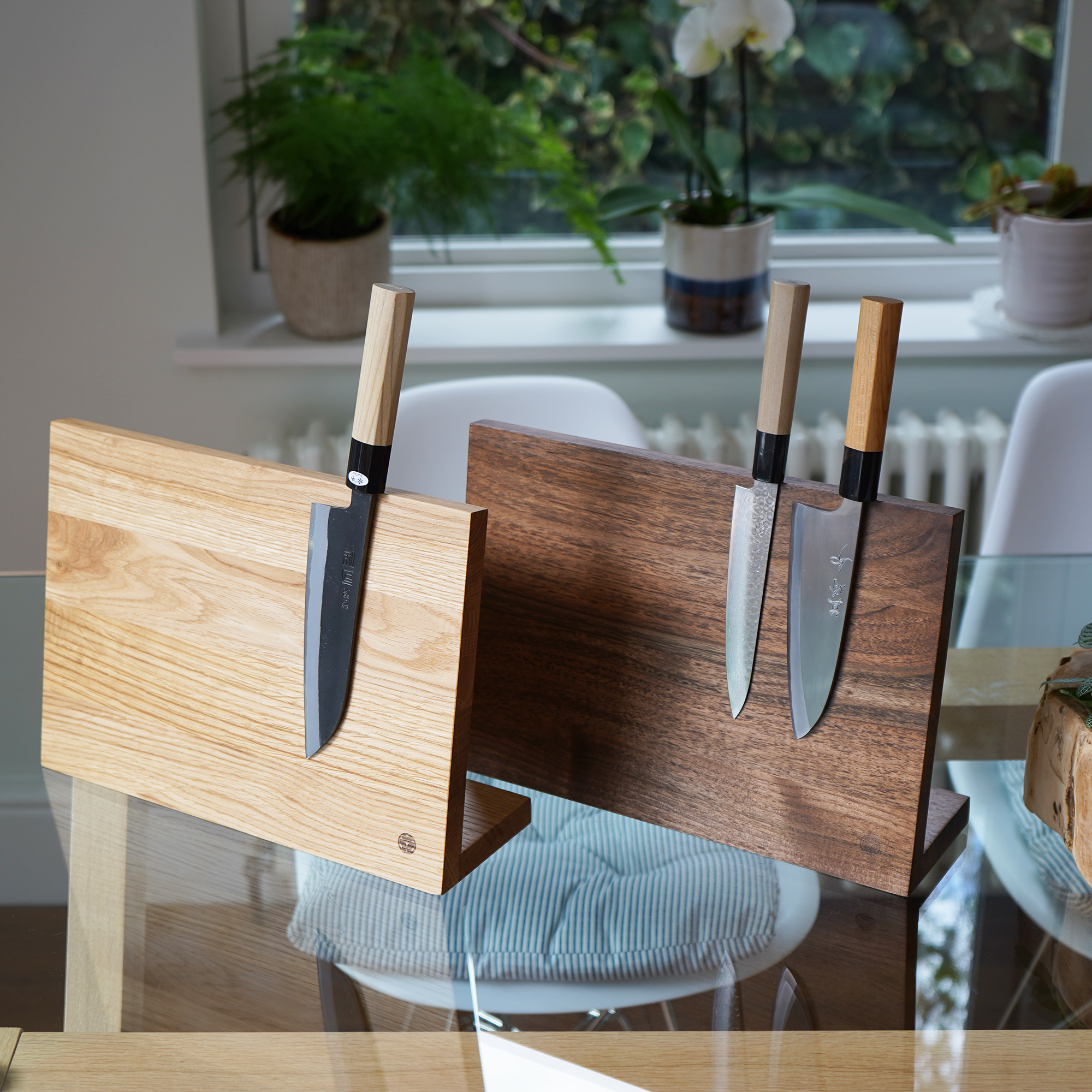
Invest in a high-quality knife block, magnetic strip, or knife roll to store your Japanese knives safely and securely. Proper storage not only protects the blades from damage but also helps maintain their sharp edges by preventing accidental dulling or nicking.
4. Oiling and conditioning
For knives made from high-carbon steel, regular oiling and conditioning can help prevent rust and corrosion. Use a food-safe mineral oil or specialised knife conditioning oil to maintain a protective barrier on the blade’s surface.
5. Regular sharpening
Don’t wait until your knives become dull or damaged before sharpening them. Regular sharpening, even if just a quick touch-up, can help extend the life of your blades and ensure they perform at their best with every use.
By following these care and maintenance guidelines, you can ensure that your investment in high-quality Japanese knives from respected brands like Oishya will pay dividends for years to come, providing you with unparalleled cutting performance and a deep appreciation for the art of Japanese bladesmithing.
It’s a journey
Mastering the art of Japanese knife sharpening is a lifelong journey that requires dedication, patience, and a deep respect for the traditions that have shaped this ancient craft. As you progress along this path, you’ll not only hone your skills but also develop a profound connection to the rich cultural heritage that underpins each stroke of the whetstone. Remember, sharpening is more than just a practical skill; it’s a meditative practice that demands focus, precision, and a willingness to learn from the masters who have come before you. Embrace the challenges and revel in the small victories, for it is through this journey that you will truly understand the essence of Japanese knife craftsmanship.
Whether you’re a home cook seeking to elevate your culinary experience or a professional chef striving for perfection, the art of Japanese knife sharpening will undoubtedly enrich your relationship with your tools and deepen your appreciation for the rich cultural heritage that has shaped these exquisite blades. So, sharpen your knives, sharpen your skills, and let the rhythmic strokes of the whetstone guide you towards a deeper understanding of this precious art form. The pursuit of a razor-sharp edge is not just a quest for performance; it’s a celebration of tradition, craftsmanship, and the enduring spirit of Japanese bladesmithing.












